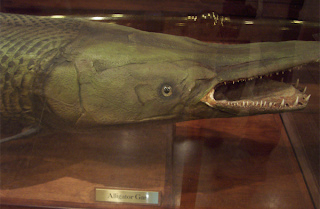In North America they are called Moose, but in Europe they are referred to as the European Elk. Either way,
Alces alces is one huge deer, the largest in the Cervidae (deer) family!
On Tuesday, the LA Times posted a story about two adorable moose babies born at the Berlin Zoo, Hagen and Finn. Moose have an eight month gestation period, and the calves stay with their mother for roughly a year after birth, which is about the time she gives birth to her next offspring. Twins are very
common in moose, and triplets can also occur as well. Calves weigh around 30lbs at birth, and as adults can hit 1,600lb as males, and 1,300 as females. These weights (and the fact that a bull can reach 7 feet tall at the shoulder) tie Moose for first place in the world's-largest-deer-ever contest. Their co-champion, the extinct
Irish Elk, was of similar height and weight, though they sported antlers that were over 160 inches from tip to tip. The largest Moose recorded was about
half that. Moose have antlers, not horns, which means that they do in fact lose and regrow them each year. Antler size reaches it peak by around age 10, and they rarely live longer than 16 years.
Moose are, like all deer, are herbivores, and they feed mostly on branches. They have a handful of predators in the wild, specifically bears and wolves, who will take out both calves and adults alike. Cougars and Tigers will also hunt moose, as will
Killer Whales, who wills sometimes snag moose who swim to coastal islands.
Hunting seasons also exist for moose, as their habit for multiple offspring and their relatively frequent breeding cycles can cause fast overpopulation.
Oh, and don't make moose angry. They can easily harm each other during rutting season fights, and depending of the situation, can become pretty aggitated and
charge humans... which entails kicking with their front feet. Did I mention they can run at about 35mph? They also really don't like dogs.
Edit: My parents, who are currently on vacation in Alaska, insisted that I add the following information: Moose are actually more
dangerous to humans than bears, AND if you think you are going to hit a moose with your car,
don't slow down. If you hit it fast it will roll right over the car, but if you slow down, you get upwards of 1,500lbs going right through your windshield.

 RSS Feed
RSS Feed Twitter
Twitter 05:05
05:05
 booker2o73lister58
booker2o73lister58













































